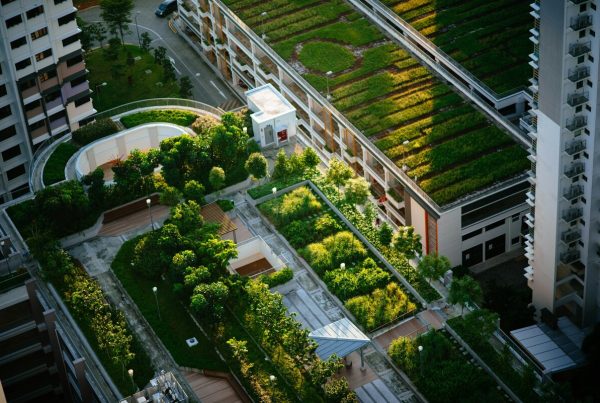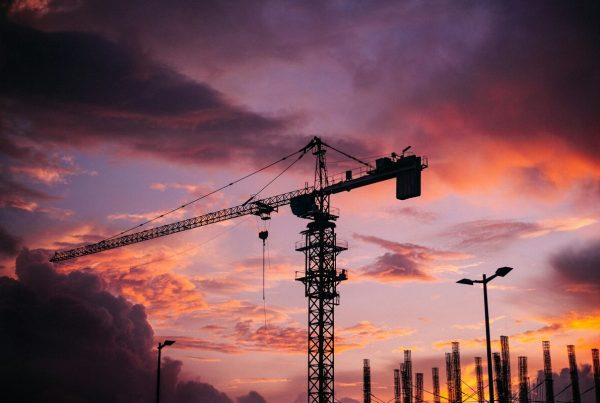Until recently, shopping malls could not aspire to be green all over. Homes and schools can be green and eco-friendly, office and hospitals too. But not malls. It’s as if greenness and malls were two mutually exclusive concepts, an oxymoron that will prove hard to reunite.
Take the classic case of Walmart for example. The retail giant launched its renewable energy campaign in 2005, nine years ago, but so far it still has to prove its energy policies are being put to good use, and not just some sort of greenwash.
At the very core of it all, shopping malls are venues for consumption: the advertised lifestyle in malls is luxurious, lavish, excessive, carefree, and let’s admit it, wasteful.
All those merchandises that fill the shelves on every floor of a mall: they came from raw materials from nature, and it took a lot of carbon footprint to get them manufactured, packaged, shipped, and then maintained and displayed inside a mall.
Even a mall’s layout is deliberately designed to keep us walking round and round, and never leave the premises. That way we are encouraged to continue shopping. And if you haven’t noticed, there are no clocks in malls (except for the ones that are for sale of course); they want us to lose all sense of time inside and make yet another purchase.
In this age where the mend-it-if-it’s-broken philosophy has been replaced by throw-away mentality, malls are great places in which to reconstruct an always brand-new us.
Energy Use in Malls
Philosophy aside, malls are undoubtedly energy-intensive places. As much as 85{e3829ec1db02d54faaf9fa2de0d48db26af01d7a7944a63c3b26976124791cab} of a mall’s energy use is devoted to air-conditioning and lighting. Air-conditioning becomes a significant factor especially in tropical and desert settings. Meanwhile, lighting always has to mimic daylight so that retail goods always look good and to keep everyone in a happy, purchasing mood.
What about those forever-running escalators? They reportedly use about 7,500 kilowatt-hours of electricity every year, and that’s just one escalator. Elevators have their huge share of energy use as well. Water usage by customers, tenants, and employees day in and day out is another story
All of these energy use is needed to maintain a perpetually bustling and alive atmosphere in a mall—a sense of joie-de-vivre from morning till night all year round. Today’s shopping malls are vastly different from their predecessors. Now, malls have become our one-stop shop for everything we want and need—grocery, clothes, dentist, pharmacist, park, bookstore, movies, appliances, hospitals, veterinarians, flowers, concert grounds, even day care for our kids. And as work schedules became flexible, so too have malls extended their hours well past midnight—which means more energy use.
Clearly, the goal is to make us dependent on malls and live our lives there—regardless of the carbon footprint entailed. While that’s not a bad thing, things can still made to be better.
Attempting Eco-friendly Shopping Malls
It’s easy to say that when eco-friendly shopping malls try on a halo of greenness, they’re just doing it as part of corporate social responsibility. Maybe some owners do it for the tax incentives, but there some who are genuinely in it for the environment.
So we now have biodegradable plastic bags, bring-your-own-bag Wednesdays (or whatever designated day your mall chooses), LED lighting, organic and sustainable choices in the grocery aisles, no-flush toilets, toxic-free cleaners, eco-friendly pavers on parking lots, composting facilities, access to available light, and many other green features slowly taking place inside our favourite shopping centres.
All these might seem like little gimmicky attempts to correct that hopeless oxymoron of a mall, but together they make a difference. Owners and stockholders are realizing that making the environment their bottom line doesn’t have to mean diminishing returns for their business.
Here’s a nice template of eco-friendly shopping malls. The design and implementation are good enough, but the day-to-day operations remain to be seen.
Last case in point: when furniture company Ikea discontinued its popular shelving system Expedit last February, everyone hated the new design that featured thinner dimensions. The company’s reason was that the extra millimetre shaved off will remarkably save on material resources, specifically wood, which the company already sources from FSC-certified suppliers. That just shows that sustainability in malls is possible, even if it means going against the grain of public opinion.











